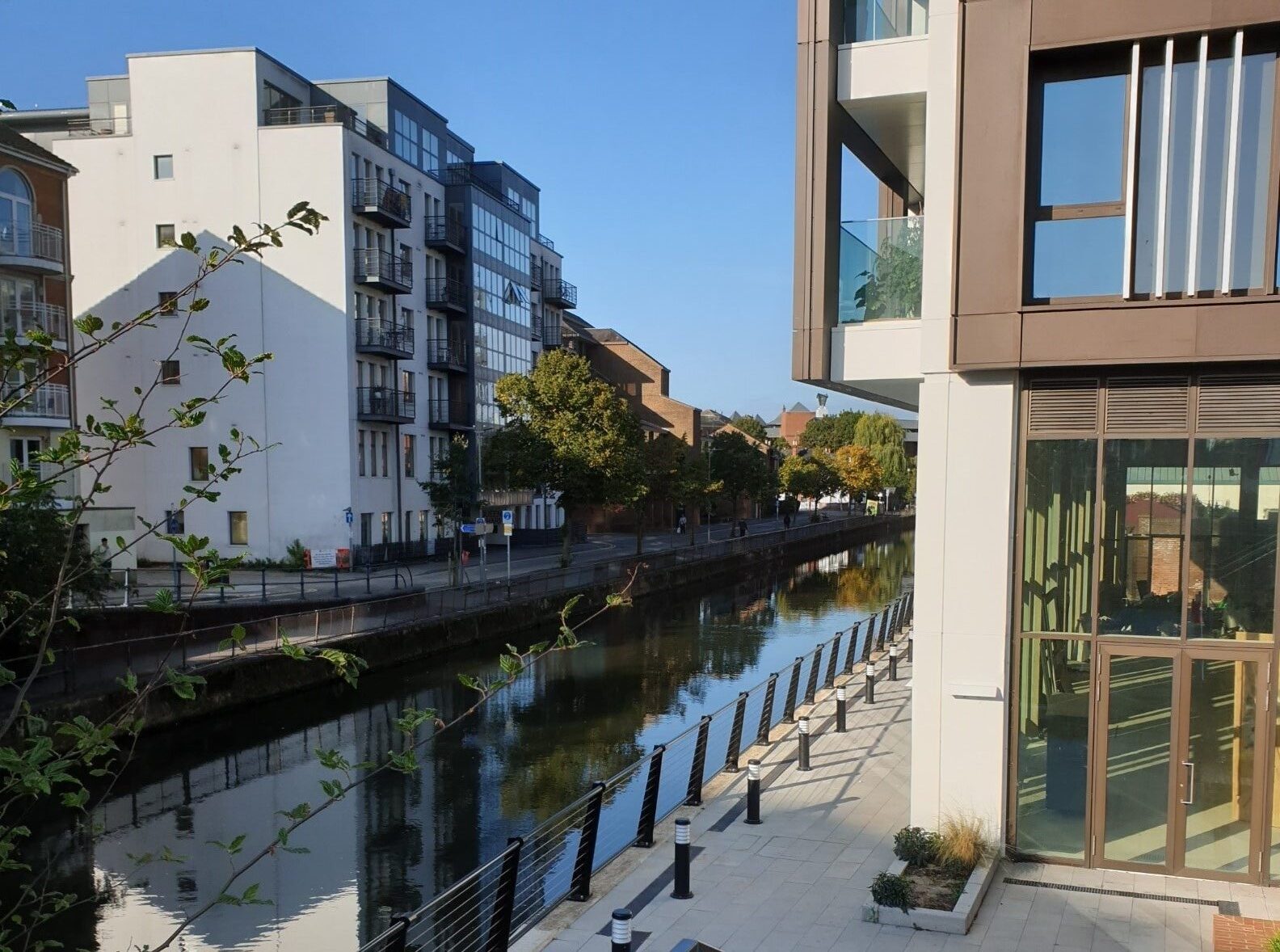Reading is a modern, vibrant and successful town and the principle regional and commercial centre of the Thames Valley. It has seen substantial change in the 20th century and has challenges to rise to, and meet in the 21st century in terms of housing, economic potential, infrastructure and quality of life. The town is a major transport interchange benefitting from its strategic location.
There are almost 70,000 households within the borough boundary, plus around another 230,000 people live in the town’s greater urban area. It is home to the University of Reading and Reading College, with a large percentage of the local working population highly skilled, ranking in the UK’s top 5 for qualifications and productivity.
However, prosperity has brought its own problems, with pressure on infrastructure, communities and the environment. The high cost of living and, in particular, the high cost of housing, have had a significant impact on local communities. Although Reading can undoubtedly demonstrate success and wealth, the town also contains wards amongst some of the most deprived in the country.
There are many places where you can look to find out what is happening in the town in terms of governance, construction, culture, education and social change and we would not be able to list them all or keep up with the growth and changes in sources. Here we listing some of the many key places where you can find information.
- Reading Borough Council
- What’s On Reading – a guide to arts, culture and heritage events in the town
- REDA Reading’s Economy and Destination Agency – visitor information
- Reading Neighbourhood Network – resident and neighbourhood groups
- Reading Voluntary Action
Unfortunately, there is no Tourist Information Centre in Reading. However, there is an excellent information stand, staffed by volunteers, at Reading train station, to guide visitors.
The following sources will give you a view on the visions for the future of Reading.
Explore Reading – History and Heritage
In the fifth century Reading was a barely visible settlement on the banks of the river Thames, from this humble beginning it has grown in to the biggest town in England, as proud of its heritage as it is of its vibrant community and environment.
The town grew slowly in the early times, but its fortunes were transformed when King Henry I founded an Abbey in the town which became one of the richest in England. Over the next centuries the Reading prospered and grew in size, with its location offering excellent transport opportunities for businesses and bringing talented and innovative people to the town. The growth of Reading continues bringing new businesses, people and opportunities as of which the Civic Society looks to encourage and support.
There are many excellent groups who focus on Reading’s history and many informative books on the subject, so it is not the aim of this page to detail the hundreds of years of our heritage. Here we give some of the best places to find out about Reading’s history, but this is not exhaustive. We have also highlighted some aspects where the Civic Society has had a notable influence.
Local Heritage Groups:
- History of Reading Society
- Reading Museum
- Friends of Reading Museum
- Berkshire Archaeology (Originally Reading Borough Council Museum Service)
- Friends of Reading Abbey
- The Royal Berkshire Archives (formerly Berkshire Record Office) in Reading
- Caversham and District Residents’ Association (CADRA)
- Watlington House
- Berkshire Local History Association
- Berkshire Family History Society
- Berkshire Industrial Archaeology Group
- Museum of English Rural Life (MERL) in Reading
- H&G Simonds Brewery
- Mills Archive at Watlington House in Reading (Facebook)
- The Old Reading Plus Group (Facebook)
- Old Reading Plus (Facebook)
- Memories of Old Reading (Facebook)
- Reading Past and Present (Facebook)
There have been hundreds of books written about Reading, its people, heritage and industries and we cannot list them all.
A good one to start with is ‘Reading: A History’ by Joan Dils, respected local historian and President of the Berkshire Local History Association.
A number of local establishments offer books on the town in the shops:
There are also national bookshop chains in the town who have local history sections.
Two Rivers Press is a local publisher specialising in books about Reading, so well worth a look.
Finally, don’t forget our local Reading Libraries. They not only loans books, but offer a number of small booklets on our town’s heritage for sale.

